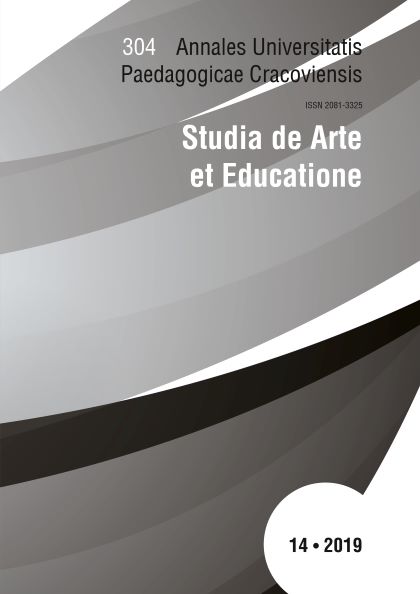From Rust: Growth, Decay and the Unknown in the Prints of Petr Herel
Main Article Content
Abstract
Abstract
This paper explores the work of Czech-born Australian artist Petr Herel (1943-), and
the ongoing focus in his practice upon, in his words, ‘seeking in chance another world of
the unexpected’. Specifically, it will examine the artist’s decision to reprint proofs of his
Borges Sequel (1982) portfolio twenty years later to create Tardieu Sequel (2004), despite
the plates having rusted. This rusting was not a conscious decision, having occurred while
the plates were stored in damp and humid conditions. For many, this rusting would be
seen as a disappointing reality, an unintentional and unwelcome disruption of the original
compositions. However, upon seeing if reprinting the rusted plates would be a physical
possibility, Herel found himself surprised by the way the rust printed ‘like the finest aquatint’,
and was fascinated by the erratic and irregular patterns formed by the organic process which
had been entirely out of his control—‘and all this just ‘by themselves’. Suddenly, the exquisite
corpse monsters that inhabited the compositions were situated within a new environment,
an environment that complemented their aberrant grotesque forms but also threatened their
very existence on the page.
Inspired by Herel’s observation that the interplay between conscious decision making, error,
and chance has always had a presence in his work, this paper draws upon Herel’s decision
to print the rusted plates as a portal to interrogate how the artist’s embrace of chance and
‘error’ impacts the way viewers might interpret the imagery in question today. This paper
reveals and explores the ripe space for new interpretation facilitated by Herel’s printing of
the damaged plates, specifically discussing the ways in the notion of ‘error’ can be used to
re-frame examinations of the subject matter, composition and themes contained within the
Borges Sequel and Tardieu Sequel prints. Herel’s preoccupation with the concepts of ‘Growth’
and ‘Decay’ works in the face of the notion that printing plates should be a reliable source of
repeatedly consistent imagery, instead engaging with the nebulous nature of unknowingness.
Like the very biological process of rust itself, the artist’s choice to print the rusted plates
breaks down convention and creates new matter. This paper proves that, in the case of the
Borges Sequel and Tardieu Sequel prints, there is a wealth of growth to be found in decay
Article Details
Wydawca „Annales Universitatis Paedagogicae Cracoviensis. Studia Poetica” jest upoważniony do korzystania oraz do rozpowszechniana wszystkich opublikowanych w czasopiśmie materiałów na podstawie umowy licencji niewyłącznej nieograniczonej w czasie - zawartej uprzednio na czas nieoznaczony każdorazowo z autorem/ką konkretnego utworu na określonych w tamtejszej umowie polach eksploatacji.
